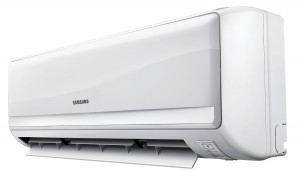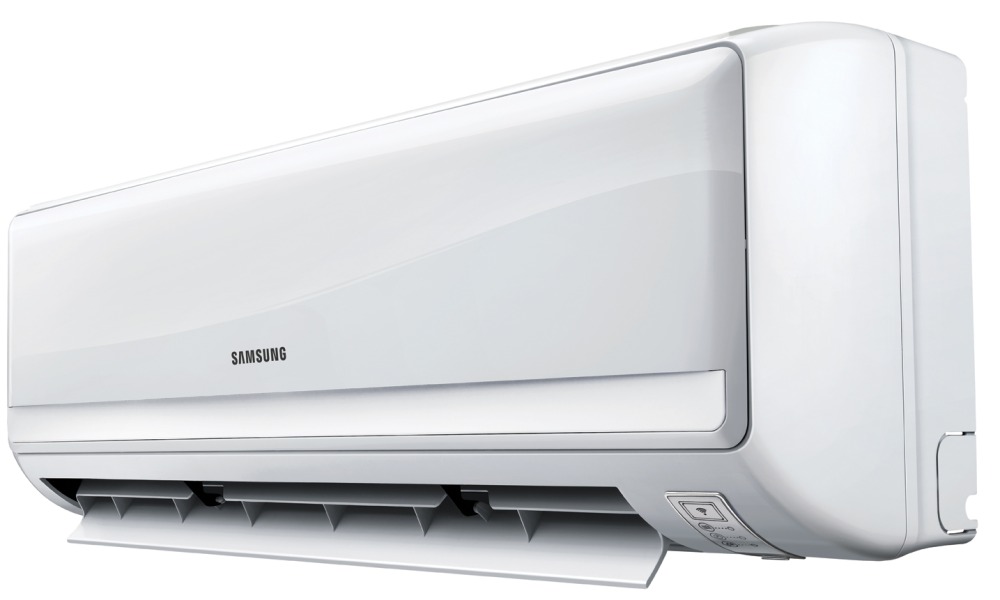Maintaining comfortable indoor air temperatures is vital for creating a space that is enjoyable to live in. These units are also necessary for protecting human health, especially in warm weather climates and in households with residents that have allergies and severe respiratory conditions. Unfortunately, a lot of consumers do not know what to look for when making their selections. They are often drawn to the best prices, the most popular brands and other features that do not wholly define their needs. Following are a few tips that will make choosing the right air conditioner for your home much easier to do.

The Size Of Your Abode
The amount of square footage that you own is the first and most important consideration to make. This will ultimately determine the type of unit that you need. For instance, people have the option of installing central air conditioning units that work to create a single, even temperature throughout the entire residence. Alternatively, they can choose to install window air conditioners that vent warm air to the outside of the property. It is vital to note, however, that not only is it necessary to select an AC design that is suited to the size of your home, but it is additionally important to consider the pros and cons of each option. No one machine is guaranteed to function well in every environment.
Window Air Conditioning Units
In small residences, such as those with only one or two rooms to cool, window air conditioning units can be extremely efficient for producing and maintaining a very moderate indoor temperature. In the right settings, these units will not cost much to operate, especially if homeowners are implementing other strategies for reducing heat. Floor fans and ceiling fans can be used to further circulate the air and to force warm air out.
Routinely replacing window air conditioner filters is a great way to enhance indoor air quality as this will prevent the constant circulation of trapped dirt, debris and a variety of common allergens. Many of these units are relatively low in cost and are not likely to have any considerable impact on the home energy bill. The major drawback of these designs, however, lies in the fact that they often allow for considerable drafts to pass through the windows in which they have been installed. For this reason, they will usually need to be taken down during the winter months and stored in an appropriate place.
Whole-House Systems
The most common alternative to a window air conditioning unit is central air. One cooling system is vented to every room in the home through a series of ducts and is then controlled by a central thermostat. These tend to work far more rapidly than window units in terms of reducing indoor temperatures, however, they cost much more upfront and they are usually a lot more expensive to run.
You can find the correct size and features for your new AC unit by simply measuring the square footage of the space you are attempting to cool. Most AC equipment is measured in British Thermal Units or BTUs. Online size charts will help you to determine the proper AC specifications for your property and its layout.
5 Features To Review
Once you have determined the proper specifications for your home air conditioner, there are a few helpful features that you should look for. Foremost among these are air handlers with variable speeds. These come with adjustable fans that can operate at speeds that are relative to your need for air circulation in the home. Consumers should also look out for good SEER ratings or Seasonal Energy Efficiency Ratios. With a higher SEER energy rating, units that cost more can eventually pay for themselves, given the energy savings that they will provide overtime. Buyers should also check for environmentally-friendly refrigerants, two-stage compressors and automatic switch fans. A unit that boasts all of these things and is well-suited to the size of the home environment will always be a worthy investment.

